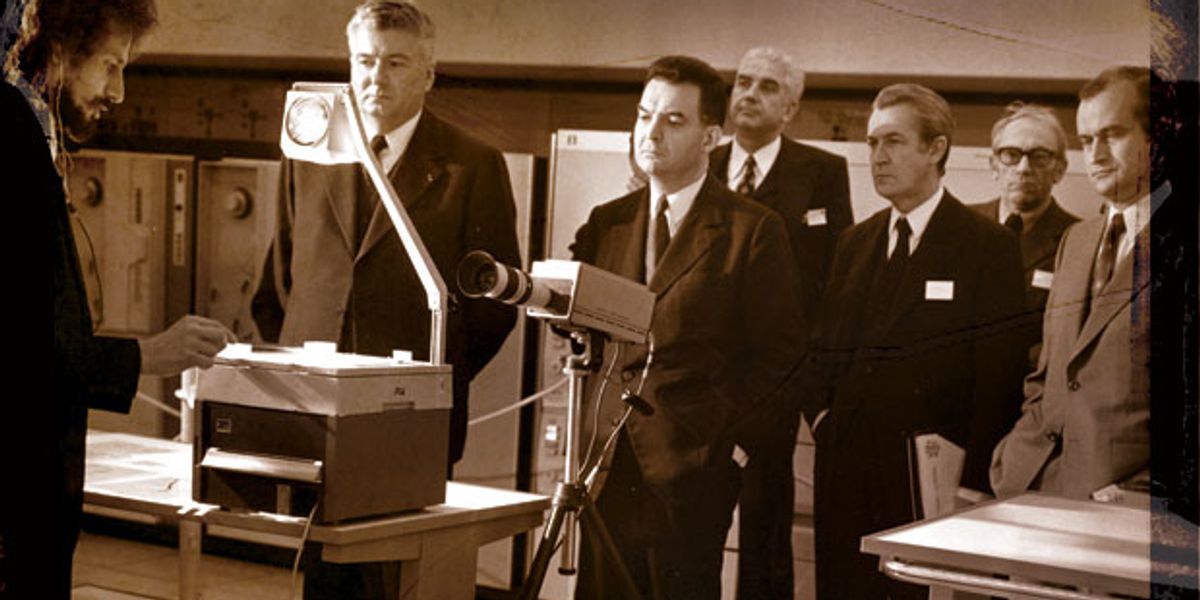D
Deleted member 57009
Guest
I'm currently learning the basics of TCP/IP and am struggling with the whole 'model' thing. I had the same problem with the OSI model when learning networking and still don't really get it. I can understand that it conceptualises the procsess of sending somthing across a network and that each layer is modular i.e. can be improved/modified without messing with the other layers, but the actual process eludes me. I mean from the second a user presses a key on the keyboard or clicks a mouse button, I cannot get my head round which layer is then doing what. I've looked high and low for a good explanation for beginners that would describe each layer and what it does but have always been left more confused than when I started. Can anyone gere help?


